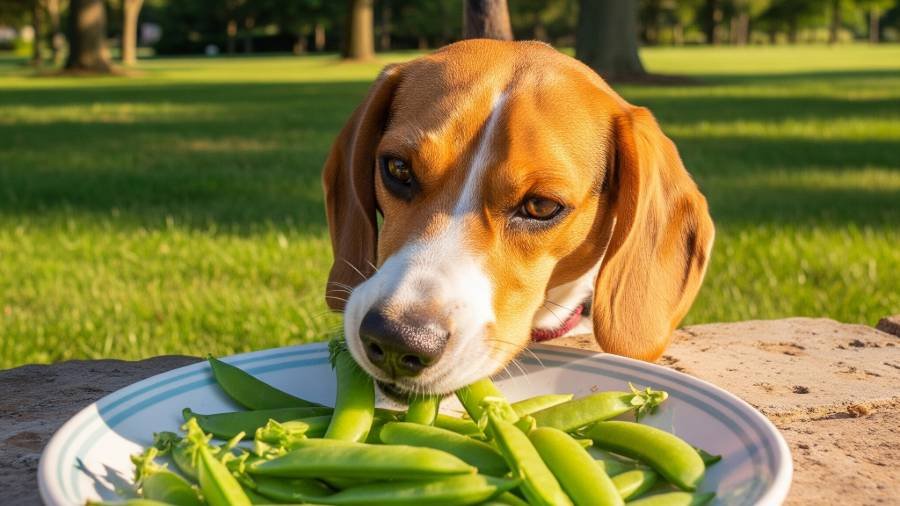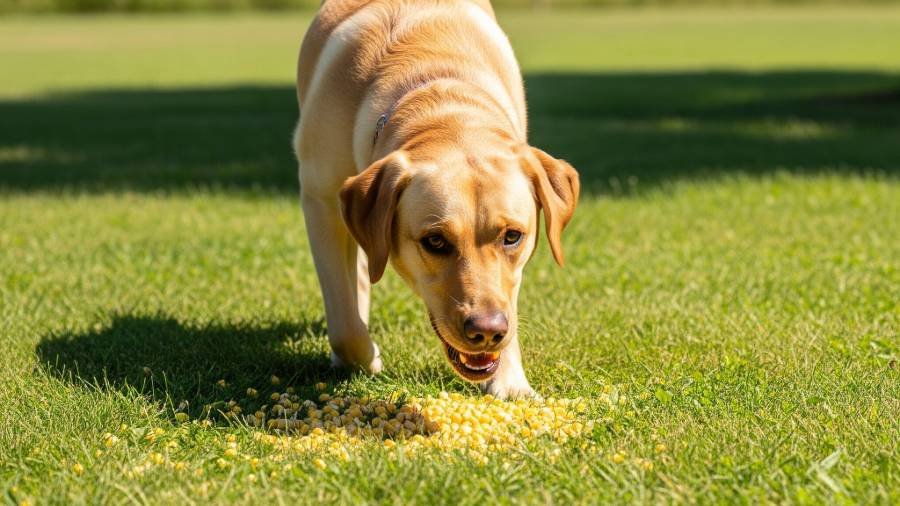Dogs can eat pancakes in very small amounts if they are plain and free of harmful ingredients, but they are not inherently good for your dog and should be a rare treat.

Potential Benefits of Pancakes for Dogs
When dogs can eat pancakes in tiny portions, they offer limited advantages, mostly tied to a plain recipe:
- Carbohydrates: A plain pancake provides a quick energy source, useful for active dogs in small amounts.
- Mild Flavor: The neutral taste can be appealing as an occasional treat for dogs.
- Customizable: A dog-friendly pancake recipe without toxic ingredients can be a special indulgence.
- No Significant Nutrients: Lacks substantial vitamins or minerals unless fortified, making it less beneficial than other treats.
These benefits are minimal, and plain pancakes should only be an exception, not a staple. For more on safe carbs, explore can dogs eat bread.
Risks and Dangers of Pancakes for Dogs
Pancakes pose several risks that make them unsafe or unhealthy for dogs to eat pancakes regularly:
- Toxic Ingredients: Common additives like chocolate, xylitol, or excessive sugar are toxic to dogs and can cause severe illness.
- Lactose Intolerance: Milk or butter in traditional recipes can lead to digestive upset in lactose-intolerant dogs.
- High Fat Content: Butter or oil-rich pancakes can trigger pancreatitis, especially in sensitive dogs.
- Choking Hazard: Large pieces or sticky batter can pose a risk, particularly for small dogs.
- Added Sugars: Sweetened pancakes can contribute to weight gain or diabetes over time.
- Allergic Reactions: Ingredients like eggs or dairy may cause itching or gastrointestinal issues in some dogs.
How to Safely Feed Pancakes to Dogs
To minimize risks when feeding your dog pancakes, follow these guidelines:
- Make Dog-Friendly Pancakes: Use a plain pancake recipe with safe ingredients like oat flour, water, and a pinch of salt, avoiding milk, sugar, or spices.
- Cook Thoroughly: Ensure pancakes are fully cooked to avoid raw batter hazards.
- Cut into Small Pieces: Break into bite-sized portions to reduce choking hazard, especially for small dogs.
- Feed in Small Amount: Offer only a tiny portion (e.g., a quarter of a small pancake) once in a while, keeping treats under 10% of a dog’s daily intake.
- Avoid Additives: Skip toppings like syrup, chocolate, or fruit with pits, which can be toxic to dogs.
- Monitor Reactions: Introduce pancakes gradually and watch for digestive upset or allergies over 24-48 hours. Consult a vet if issues arise.
- Consult a Vet: Seek veterinary advice before offering pancakes, especially for dogs with lactose intolerance or pancreatitis.
Signs of Pancake-Related Issues
If a dog eats pancakes and reacts poorly, look for these warning signs:
- Vomiting, diarrhea, or reduced appetite (possible lactose intolerance or fat overload)
- Difficulty breathing or choking (from large pieces)
- Lethargy or tremors (indicating toxicity from unsafe ingredients)
- Excessive scratching or ear issues (rare allergic reactions)
- Abdominal pain or bloating (pancreatitis or overeating)
If these signs appear, stop feeding pancakes and contact a veterinarian immediately. Severe cases require urgent care.
Expert Opinions
Veterinary experts, including the American Veterinary Medical Association (AVMA) and the ASPCA, advise against feeding dogs human foods like pancakes due to potential toxic ingredients and high fat content. They suggest plain, homemade versions as a rare treat, with veterinary consultation recommended. For more on safe treats, check can dogs eat scrambled eggs.
Additional Considerations
- Health Conditions: Dogs with pancreatitis, diabetes, or lactose intolerance should avoid pancakes. Consult a vet first.
- Puppies: Young dogs need smaller portion sizes and closer monitoring due to sensitive stomachs.
- Dog Preferences: Some dogs might enjoy a plain pancake, but others may not. If uninterested, try can dogs eat carrots.
- Occasional Treat: Reserve pancakes for special occasions like pancake day, not regular dog food.
- Store-Bought Risks: Commercial pancakes often contain harmful additives, making them unsafe.
Safe Treat Alternatives
Instead of pancakes, consider these safe-for-dogs treats, tailored to enhance a dog’s diet:
- Cooked Turkey: Plain, unseasoned turkey chunks provide protein.
- Carrots: Small, raw carrot sticks support dental health.
- Blueberries: A few fresh blueberries offer antioxidants.
- Plain Pumpkin: A teaspoon of cooked pumpkin aids digestion.
Introduce new treats gradually, monitor for reactions, and consult a vet to ensure a balanced diet.
Dogs can eat pancakes in very small amounts if they are plain and free of toxic ingredients like chocolate or xylitol, offering minimal benefits as an occasional treat but posing risks like lactose intolerance or pancreatitis.
Hazards from high fat content, added sugars, or choking hazard require careful preparation – using a dog-friendly pancake recipe and strict portion sizes.
Puppies or dogs with health issues like diabetes should avoid pancakes unless approved by a vet, and a balanced diet should remain the priority.
Always consult a veterinarian before feeding your dog pancakes, and opt for safer alternatives.
For more on canine nutrition, explore can dogs eat apples, can dogs eat bananas, or what fruits can dogs eat.
For additional questions about what dogs can eat or dietary concerns, feel free to ask!





